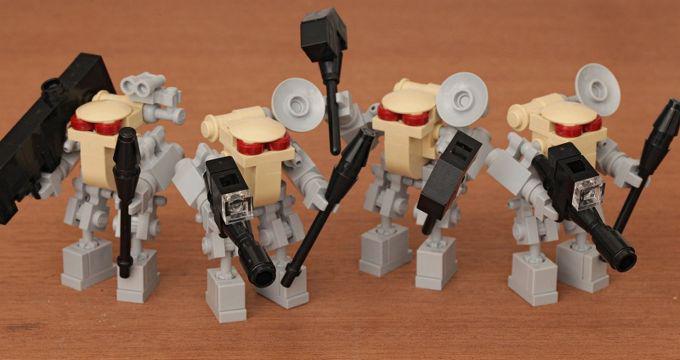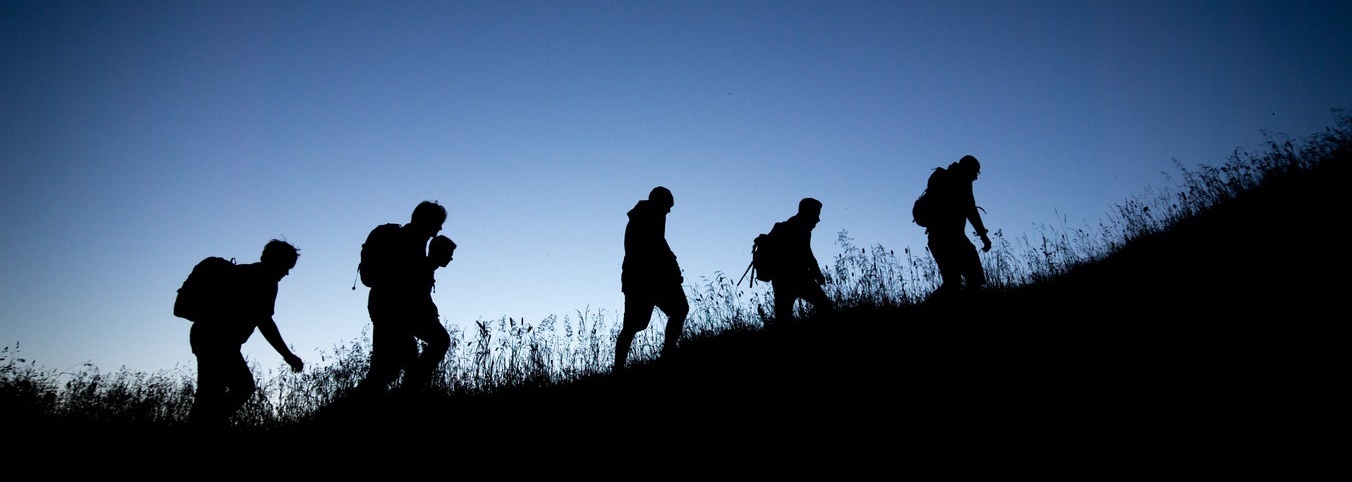Mocking up a Gamification Application

In my previous post we did a little bit of a brainstorming session with the Octalysis method to come up with a concept for a gamified application around using the Agile development methodology. Let’s continue with that design.

Squads and Soldiers
We left off with having planned out a Mission Command Centre and linked the concepts of objectives, operations, missions and tasks to the relevant agile development concepts. Now before we complete a mission, and to build on the ownership and possession driver for the players, let’s start the concept of a squad with troops that players can own, train and improve upon, as well as send on missions to complete.

By providing a mechanism for the player to start their squad and recruit soldiers we are providing the player adding to the players ownership by allowing them to “build from scratch”. With the squad build process we can also work in a little bit of unpredictability and curiosity by making the recruits and their strengths and weaknesses random.
We are also going to feature an upgrade tree for our soldiers that we will also show to the player when they recruit their soldiers. By featuring the upgrade tree early we can start touching on the scarcity and impatience driver, giving the user a sense of depth within the gamified application and giving them something to aim for.
Equipment
The next important component is equipment for the soldiers that they can use as part of their missions to do harder and more dangerous missions. By having a large range of equipment, including consumables, we add another layer on the ownership and possession drivers, as well as the scarcity and impatience driver. It also allow us to provide the user some guidance about how well their squad could tackle a dangerous mission to gain better and larger rewards.
Completing Missions
This design has brought us through what the player would generally have to do to setup the gamified application to start their progress. Now lets have a look at how we tail what they have set up into providing them the motivation to complete tasks. If you remember from last posts, we tied the gamified elements to the various task sizing concepts in the agile development methodology:
- Objectives - Overall goal or project the user is working towards finishing. (Agile = Initiative)
- Operations - Large portions of work that can be grouped together. (Agile = Epics)
- Missions - Small requirements that can be finished fairly quickly. (Agile = Stories)
- Tasks - Smaller components that are completed to finish the mission. (Agile = Tasks)
The first step is to allow the player to select a in game narrative and tie it to their objective. Our application should have a number of different narratives available to allow the player to pick a story they relate to. This gives them their epic meaning and provides them motivation to unlock components of the story through missions.

Each narrative will have a number of operations to complete the objective, and the user can define the different operations required based on their objective. The player shouldn’t have to get this exactly right, they can always add additional objectives, but the objective progress bars are linked to how far the player has completed the underlying operations. Finally, for the first operation, the player can start defining all the missions / stories that are required to finish the operation. Once again, the player shouldn’t have to get this exactly right, they should just have to complete as best as possible.
At this point the player is almost ready to start completing missions, at this stage the chose a mission and define the set of tasks required to complete the mission. They should also define how long each task will take. The player then uses their squad and assigns them to a task to complete. The player can also assign a task type from a predefined list that gives the player potential bonuses based on there difficulty that they can win when completing the task. Once a task is completed, the time is added to the mission totally, as well as any bonuses won. When all the tasks are complete and the mission is finished, mission bonuses are calculated and added as well.
Task and Mission Rewards
As mentioned above, every time a task is completed it will add the time it took to complete that task to the mission reward total. Additionally, difficult tasks selected from the predefined list can added bonuses or in-game money rewards if the player is lucky, or injure soldiers or have penalties if unlucky. When a player has completed all the tasks within the mission the mission is set to complete and all the task bonuses plus a modifier for the number, length and difficulty of the tasks within the mission is calculated. These rewards are then added to the players stash.
Next Time
In the third and final installment of this design, let’s round the design off with some social, meta game elements and add a mechanism to help motivate the player to keep checking off those missions.
